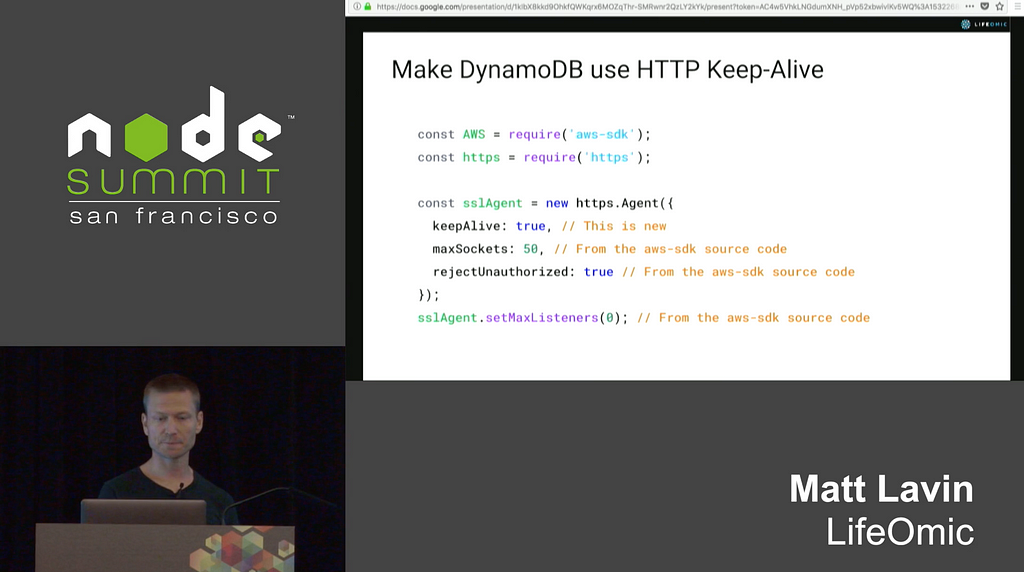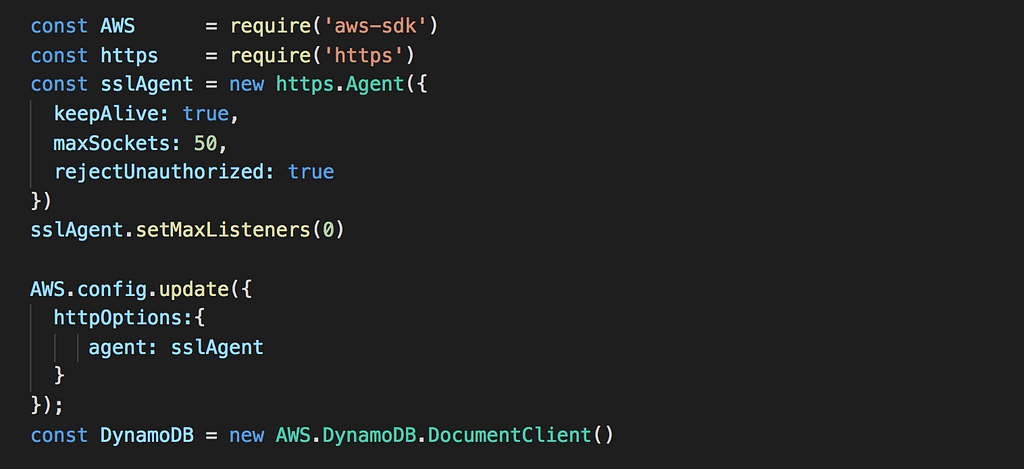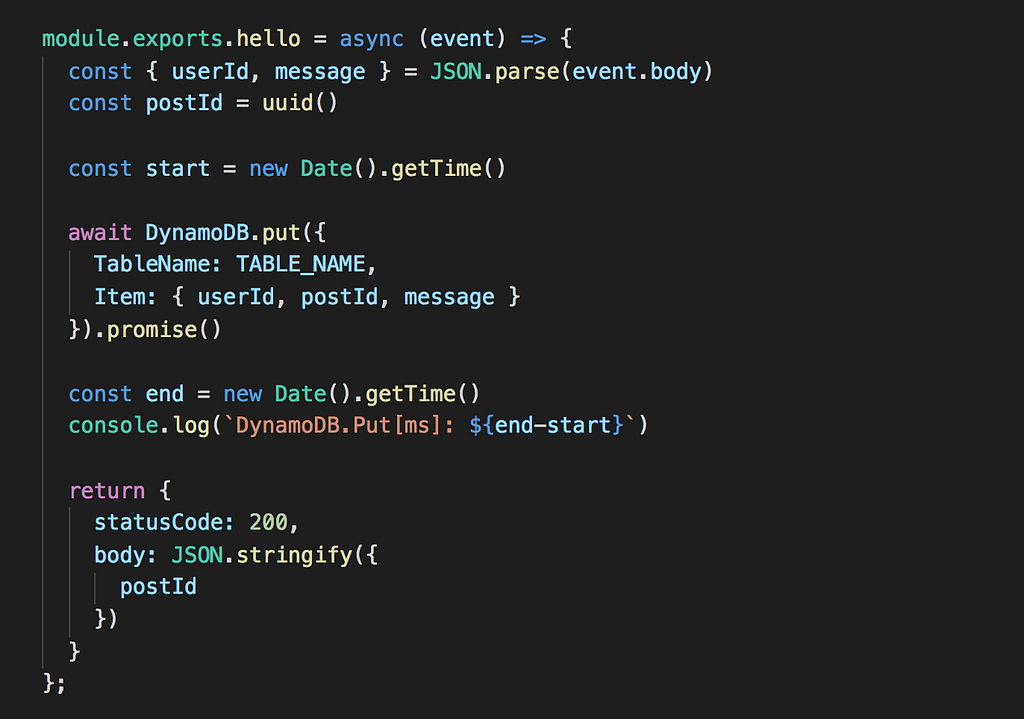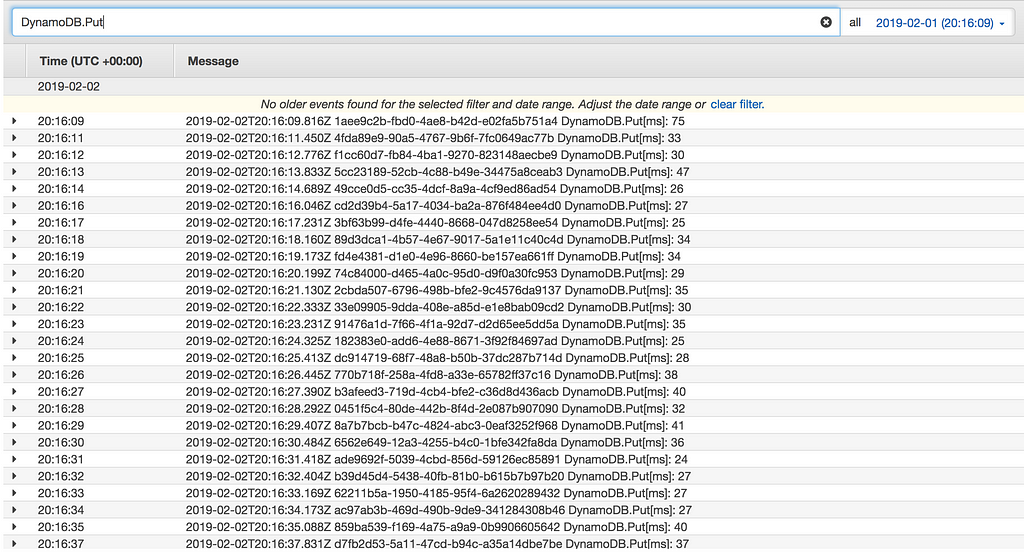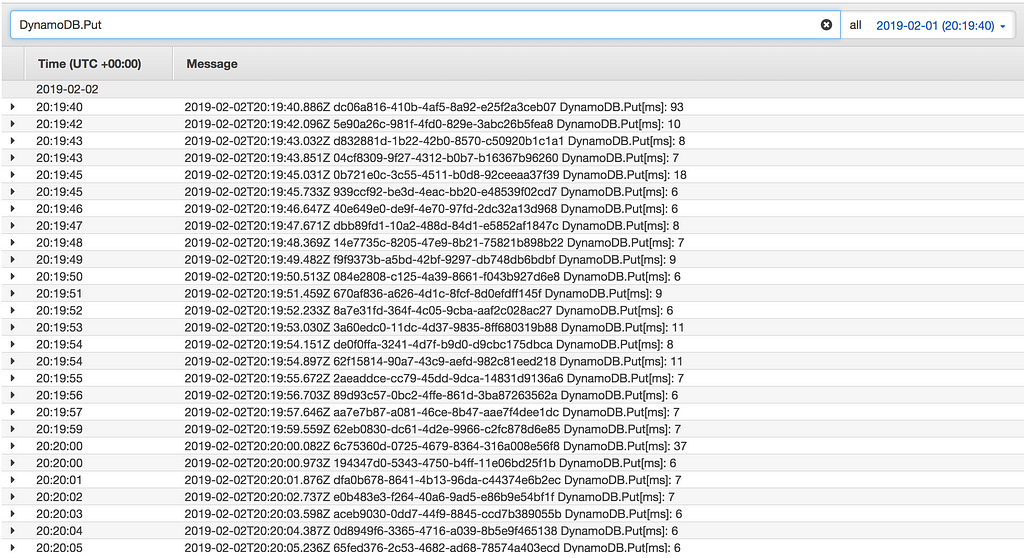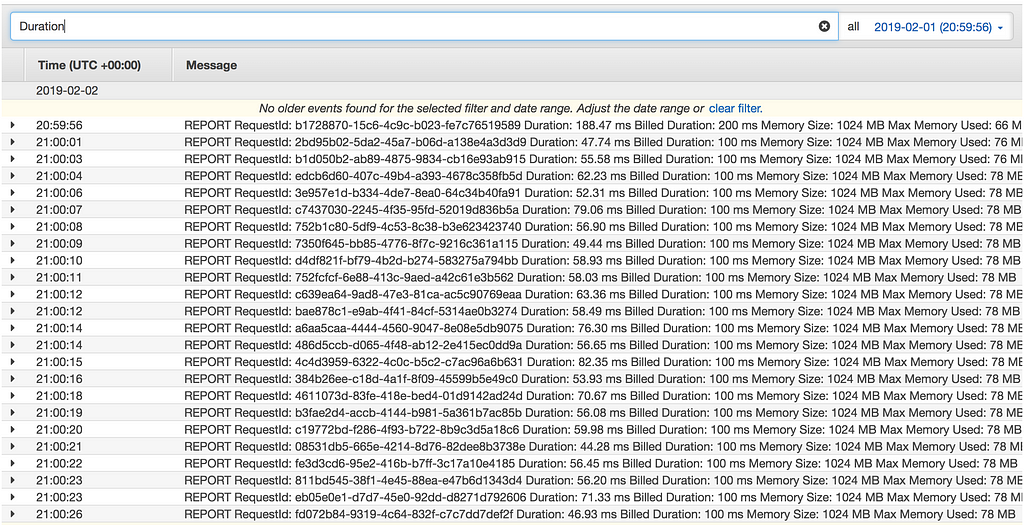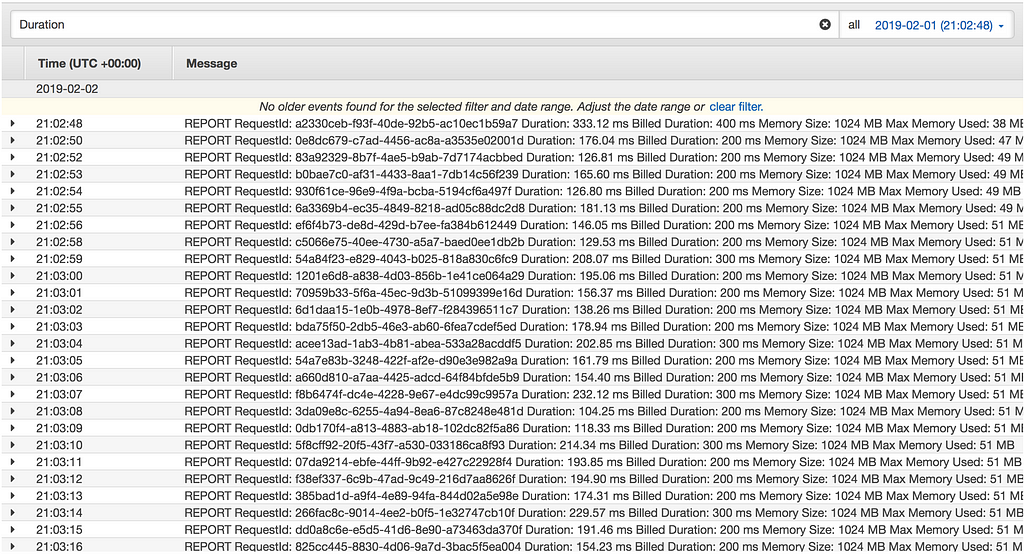Latest news about Bitcoin and all cryptocurrencies. Your daily crypto news habit.
Lambda optimization tip — enable HTTP keep-alive
I recently watched an excellent talk by Matt Levin on optimization tips for Lambda and saw a slide on making DynamoDB use HTTP keep-alive. It reminded me of a conversation I had with Sebastian Cohnen, so I set out to test the effect this simple optimization has.
What is it all about?
As it turns out, Node.js’s default HTTP agent doesn’t use keep-alive and therefore every request would incur the cost of setting up a new TCP connection. This is clearly inefficient, as you need to perform a three-way handshake to establish a TCP connection. For operations that are short-lived (such as DynamoDB operations, which typically complete within a single digit ms) the latency overhead of establishing the TCP connection might be greater than the operation itself.
With the Node.js AWS SDK, you can override the HTTP agent to use for ALL clients with just a few lines of code. You can also override the settings for individual clients too.
The tests
To test the effect of enabling HTTP keep-alive, I setup a simple Lambda function behind API Gateway. Essentially this function puts an item into a DynamoDB Table, and that’s it.
For this experiment, I wanted to see how well the HTTP keep-alive fared across multiple invocations and how much of a difference do we see with this simple change.
The results
Without HTTP keep-alive, the DynamoDB operation averaged around 33ms.
With HTTP keep-alive, that average drops to around 10ms.
As we suspected, the overhead (33ms-10ms = 23ms) was greater than the cost of the operation itself. The experiment shows that the connection is reused across multiple invocations just fine. With a very simple change, we were able to improve execution time by ~20ms, or to put it more impressively, reduce response time by 70%. That’s good return on investment in my book, but the difference is still not noticeable to the human eye.
But what if we scale this to 10 sequential DynamoDB operations in a single function?
With HTTP keep-alive, the function’s execution time averages around 60ms.
Without HTTP keep-alive, the average execution time rises to 180ms.
As I curl the endpoint, the difference of 120ms is definitely noticeable. This difference can start to impact user experience, and as Amazon found 10 years ago, adding 100ms of latency can reduce sales by as much as 1%.
Like what you’re reading, why not check out my video course with Manning or hire me?
In the video course we will cover topics including:
- authentication & authorization with API Gateway & Cognito
- testing & running functions locally
- CI/CD
- log aggregation
- monitoring best practices
- distributed tracing with X-Ray
- tracking correlation IDs
- performance & cost optimization
- error handling
- config management
- canary deployment
- VPC
- security
- leading practices for Lambda, Kinesis, and API Gateway
You can also get 40% off the face price with the code ytcui. Hurry though, this discount is only available while we’re in Manning’s Early Access Program (MEAP).
Lambda optimization tip — enable HTTP keep-alive was originally published in Hacker Noon on Medium, where people are continuing the conversation by highlighting and responding to this story.
Disclaimer
The views and opinions expressed in this article are solely those of the authors and do not reflect the views of Bitcoin Insider. Every investment and trading move involves risk - this is especially true for cryptocurrencies given their volatility. We strongly advise our readers to conduct their own research when making a decision.
